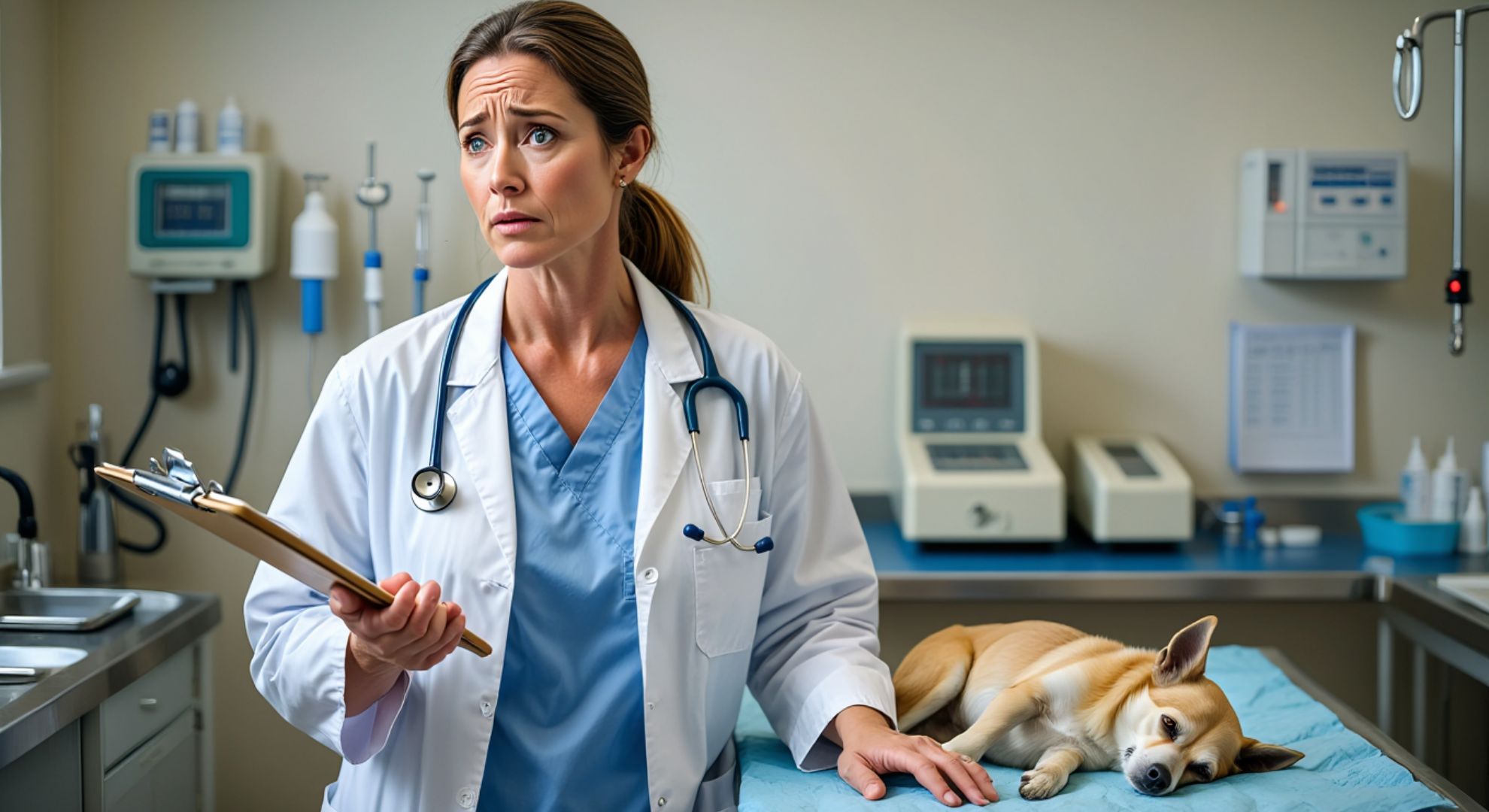Every year, countless pet owners adopt habits they believe are best for their dogs—often inspired by social media tips, friendly advice, or simply copying what others in the park are doing. But some of these well-meant routines can be unexpectedly dangerous. Recently, a notable veterinarian has stepped into the spotlight to warn against one widespread practice that risks causing serious harm to our canine companions.
The Hidden Danger Lurking in a Common Treat
Dr. Emily Sanderson, a respected veterinarian with over 20 years of experience, has seen the tragic consequences firsthand. “I’m seeing more cases every year where dogs come in with digestive blockages and severe illness. In almost every instance, their owners had no idea what they were doing was risky,” Sanderson explains.
What is this popular yet perilous practice? It’s giving cooked bones—especially from table scraps—to dogs as treats or rewards. While it might seem natural or even generous, the risks far outweigh the enjoyment your pet gets.
Why Cooked Bones Are So Dangerous
Raw bones, under certain circumstances, might be safely enjoyed by dogs. However, cooked bones are a different story entirely. When bones are exposed to heat, they become dry and brittle. These brittle fragments can splinter, leading to a series of potentially lethal outcomes for dogs.
Risks linked to cooked bones:
-
- Choking hazards
-
- Perforation of the digestive tract
-
- Blockage in the intestines
-
- Broken teeth or oral injuries
-
- Bacterial contamination
Dr. Sanderson recalls one case: “A lovely golden retriever came in after chewing on a leftover chicken bone. Within hours, he was vomiting and in pain. The X-ray showed sharp fragments lodged in his intestines.”
Table: Raw Bones vs. Cooked Bones for Dogs
| Feature | Raw Bones | Cooked Bones |
|---|---|---|
| Texture | Softer, less brittle | Hard, extremely brittle |
| Risks | Bacterial contamination (manageable with supervision and quality control) | High risk of splintering, blockages, tears |
| Dental Benefits | Can help clean teeth (with caution) | Can break teeth easily |
| Supervision Required | Yes, always | Not recommended at all |
| Vet Recommendation | Sometimes, with guidance | Strongly advised against |
Myths and Misconceptions
Many owners still believe that “dogs have always chewed bones” and that it’s part of their natural behavior. But the bones available to domestic dogs—especially leftovers from cooked meals—are vastly different from what their ancestors encountered in the wild. As Dr. Sanderson makes clear: “Today’s bones are much more likely to splinter, and their sharp fragments don’t belong anywhere near your pet’s digestive system.”
Facebook groups and influencer videos often showcase happy dogs chewing away on leftover ribs or chicken bones, reinforcing the idea that it’s normal—and safe. But veterinary clinics tell a different story, with countless emergency cases caused by this dangerous trend.
What Veterinarians Recommend Instead
If you’re looking for safe ways to satisfy your dog’s chewing instinct, veterinarians promote several alternatives:
-
- Tough rubber or nylon chew toys designed for durability
-
- Treat-dispensing puzzle toys
-
- Rawhide (with supervision and from trusted sources)
-
- Specially made dental chews approved by veterinarians
Dr. Sanderson shares: “There is simply no safe way to offer cooked bones. It might seem like a treat, but you’re gambling with your dog’s health. Invest in high-quality, veterinarian-recommended chew toys instead.”
Real Stories—And Real Warnings
The warnings aren’t hypothetical: stories abound of pets needing emergency surgery, or worse, failing to survive because of a single, well-intentioned treat.
One dog owner, Angela Walters, remembers her shock: “I had no idea a simple pork bone would turn into a nightmare. Max was in surgery for hours, and it broke my heart to watch him suffer. I wish I’d known sooner.”
There’s also the less obvious risk—oral injuries that don’t show up for weeks, sometimes leading to ongoing pain or infections.
What You Can Do Today
Protecting your dog means sometimes questioning common wisdom. Consider these steps:
-
- Never give cooked bones, no matter the source.
-
- Supervise chewing sessions, even with safer toys or raw bones.
-
- Seek advice from your veterinarian about the best chews for your dog’s breed and size.
-
- Educate friends and family about the risks—they may not know the latest veterinary research.
Dr. Sanderson has a simple message: “When in doubt, throw it out. Your pup’s health is worth far more than a fleeting moment of enjoyment.”
The next time you’re tempted to hand over that leftover bone, remember that sometimes love means saying no—and giving your furry friend something safer instead.
